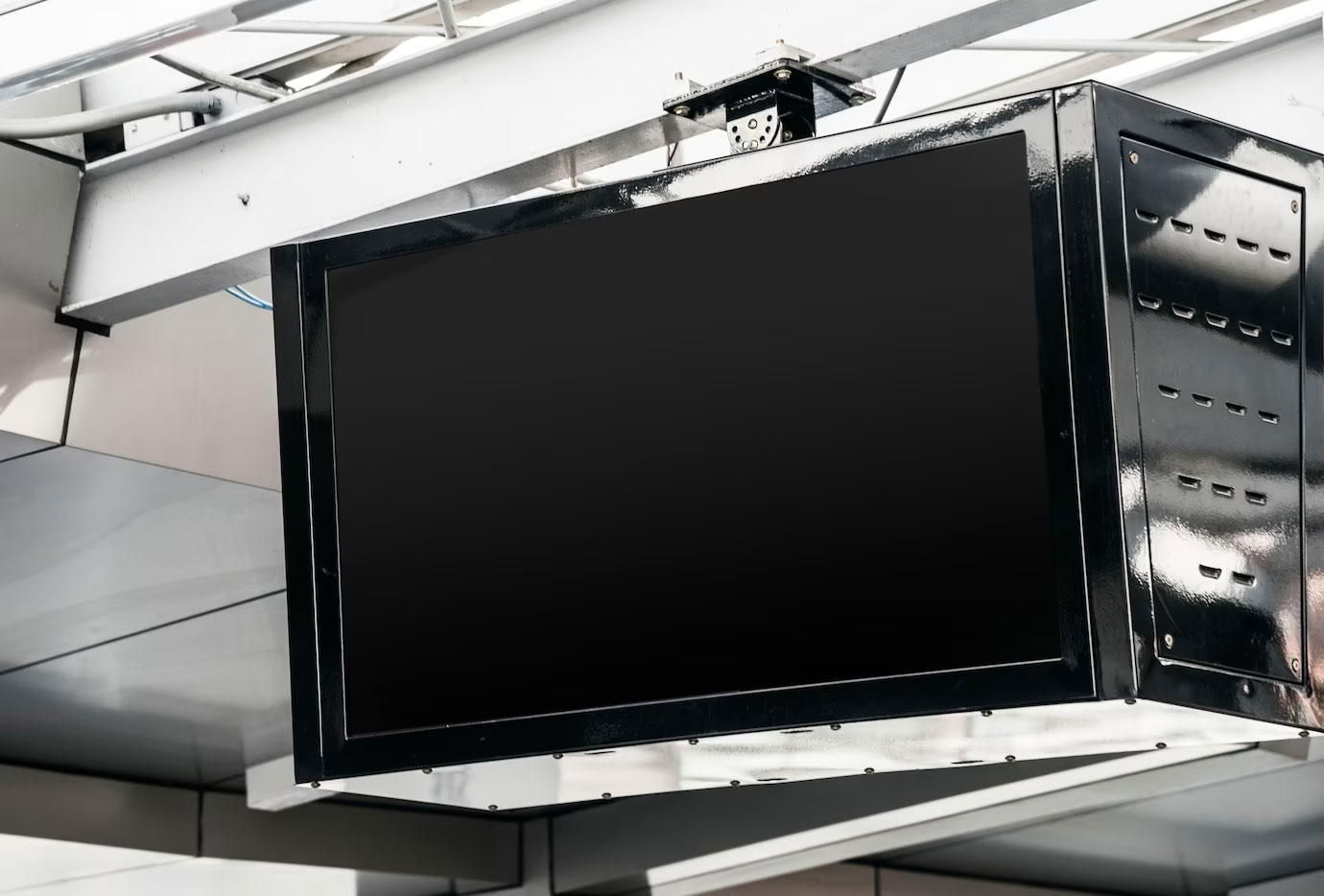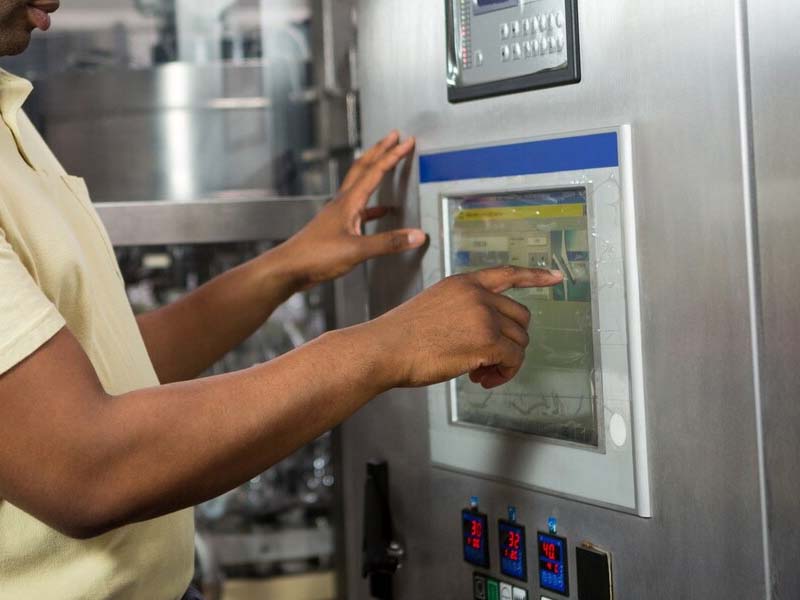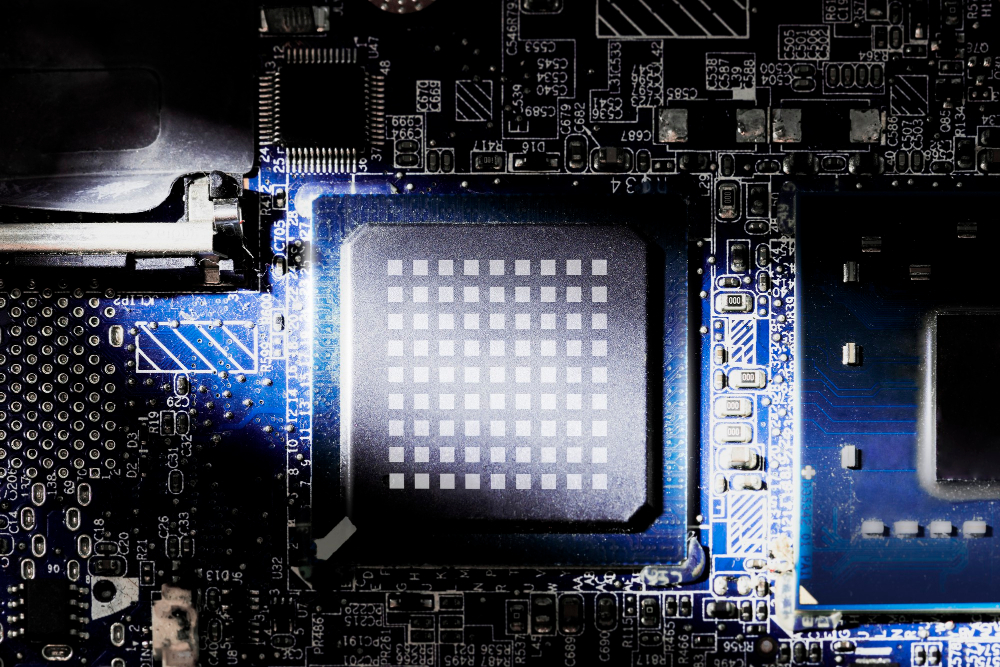Blog
Boosting Efficiency and Productivity with Industrial Monitors: Everything You Need to Know

Welcome to our blog post, where we delve into the world of industrial monitors! If you’re looking for ways to enhance efficiency, streamline operations, and maximize productivity in your industrial setting, this article is for you. From types of monitors to key features and benefits, we have all the information you need to make an informed decision. So, let’s begin this journey towards increased efficiency and productivity with industrial monitors!
Types of Industrial Monitors
Regarding industrial monitors, various options are available that cater to different needs and environments. One popular type is the ruggedized monitor, designed to withstand harsh conditions such as extreme temperatures, dust, and vibrations. These monitors often feature reinforced frames and durable materials.
Another type is the touchscreen monitor, allowing easy interaction with the system. With a simple tap or swipe on the screen, operators can navigate through menus and access data quickly. Touchscreen monitors are especially useful in industries where efficiency and speed are crucial.
For applications that require high image quality and precise colour representation, there are high-definition (HD) monitors. These displays offer sharper images with vibrant colours, making them ideal for graphic design or video surveillance industries.
In certain industrial settings where space is limited or multiple screens are required simultaneously, multi-display monitors come into play. These monitors allow users to connect several display units seamlessly for improved workflow management.
We have panel mount monitors that can be easily integrated into control panels or machinery enclosures. This type of monitor offers a sleek look while providing essential information at a glance without compromising space requirements.
With these diverse industrial monitors available today, businesses can choose the one that best suits their needs and enhances overall productivity in their unique work environment.
Benefits of Using Industrial Monitors
Industrial monitors are becoming increasingly popular in various industries thanks to their numerous benefits. These specialized monitors are designed to withstand harsh environments and provide reliable performance, making them essential for enhancing efficiency and productivity.
One of the main advantages of using industrial monitors is their durability. Unlike standard consumer-grade monitors, industrial monitors are built to withstand extreme temperatures, vibrations, dust, and moisture. This means they can operate reliably in challenging conditions, such as manufacturing plants or outdoor settings.
Another benefit is their enhanced display capabilities. Industrial monitors often feature high-resolution screens with wide viewing angles and superior brightness levels. This ensures clear visibility even in bright sunlight or dimly lit areas. With a crisp and vibrant display, operators can easily monitor data, perform tasks efficiently, and make informed decisions without straining their eyes.
Furthermore, industrial monitors have advanced touch technologies such as resistive or capacitive touchscreens. These allow users to interact with the monitor effortlessly using fingers or gloves while maintaining accuracy and responsiveness. Touchscreen functionality eliminates the need for additional input devices like keyboards or mice, streamlining workflows and saving valuable workspace.
In addition to durability and excellent display quality, industrial monitors offer versatile mounting options. Depending on specific requirements, they can be mounted on walls, panels, racks or arm systems. This flexibility enables optimal placement within different work environments while maximizing available space.
Moreover, industrial monitors often come with multiple connectivity options, including VGA, HDMI, USB ports, and Ethernet connections. This allows seamless integration into existing systems and facilitates easy data transfer between devices. Such connectivity versatility enhances productivity by enabling efficient communication between different components of a system or sharing information across departments.
Top Features to Look for in an Industrial Monitor
When searching for an industrial monitor that meets your specific needs, there are several key features to consider:
- Robust Construction: Industrial environments can be harsh with exposure to dust, moisture, vibrations, and temperature extremes. Look for monitors built with rugged enclosures that can withstand these conditions to ensure long-lasting performance.
- High Brightness and Clarity: In many industrial settings, visibility is critical. Choose a monitor with high brightness levels and excellent contrast ratios to ensure clear readability even in brightly lit areas or outdoor applications.
- Touchscreen Capabilities: Interacting with on-screen content efficiently is essential for maximizing productivity. Opting for an industrial monitor with touchscreen functionality allows users to navigate menus, input data quickly, and access information effortlessly.
- Wide Viewing Angles: Collaborative work environments often require multiple individuals to view the same screen simultaneously from various angles. Selecting a monitor with wide viewing angles ensures consistent image quality regardless of the viewer’s position.
- Customization Options: Every industry has unique requirements when it comes to visual display systems. Look for monitors that offer customization options such as different sizes, mounting options (wall-mountable or rack-mountable), input/output connectivity choices (HDMI, VGA), and compatibility with specialized software applications if needed.
Investing time in researching and selecting an industrial monitor based on these features will undoubtedly improve overall efficiency and productivity within your organization.

